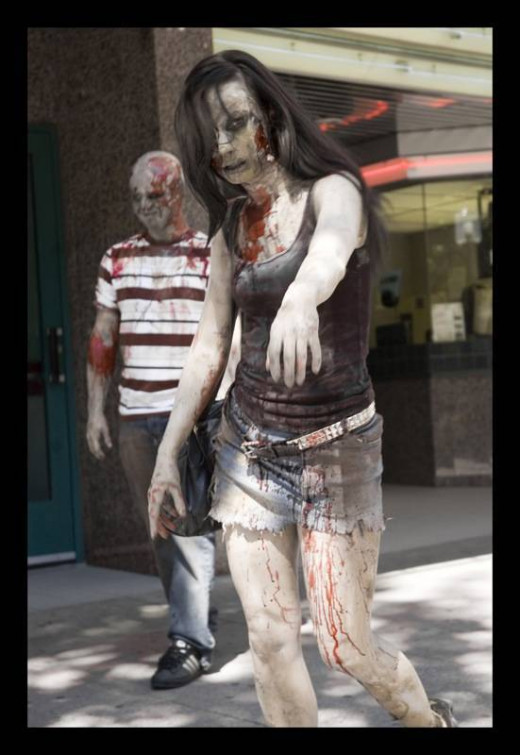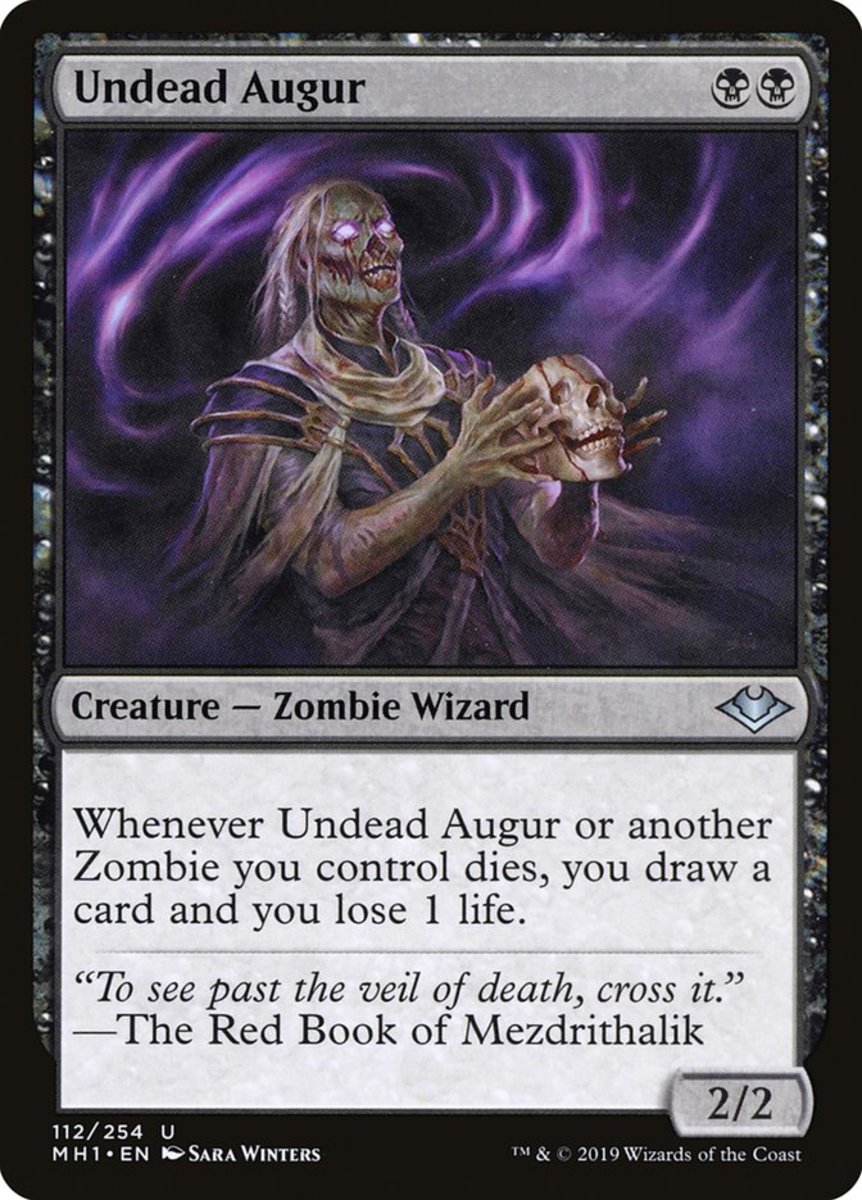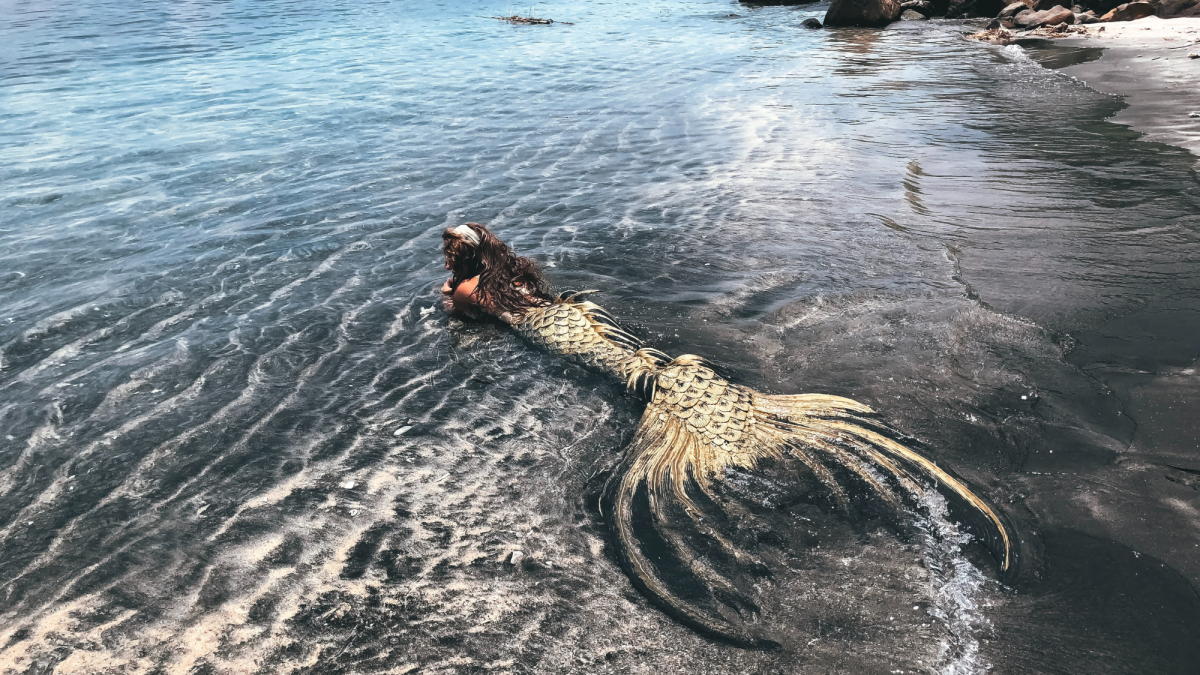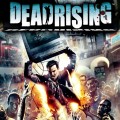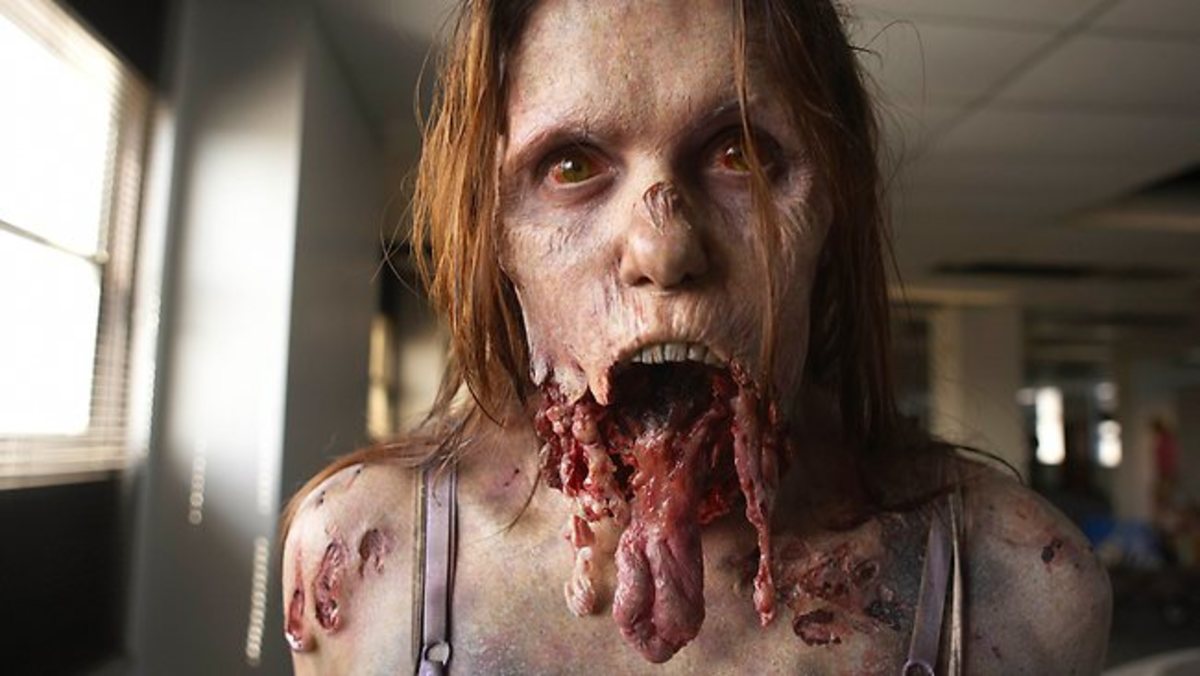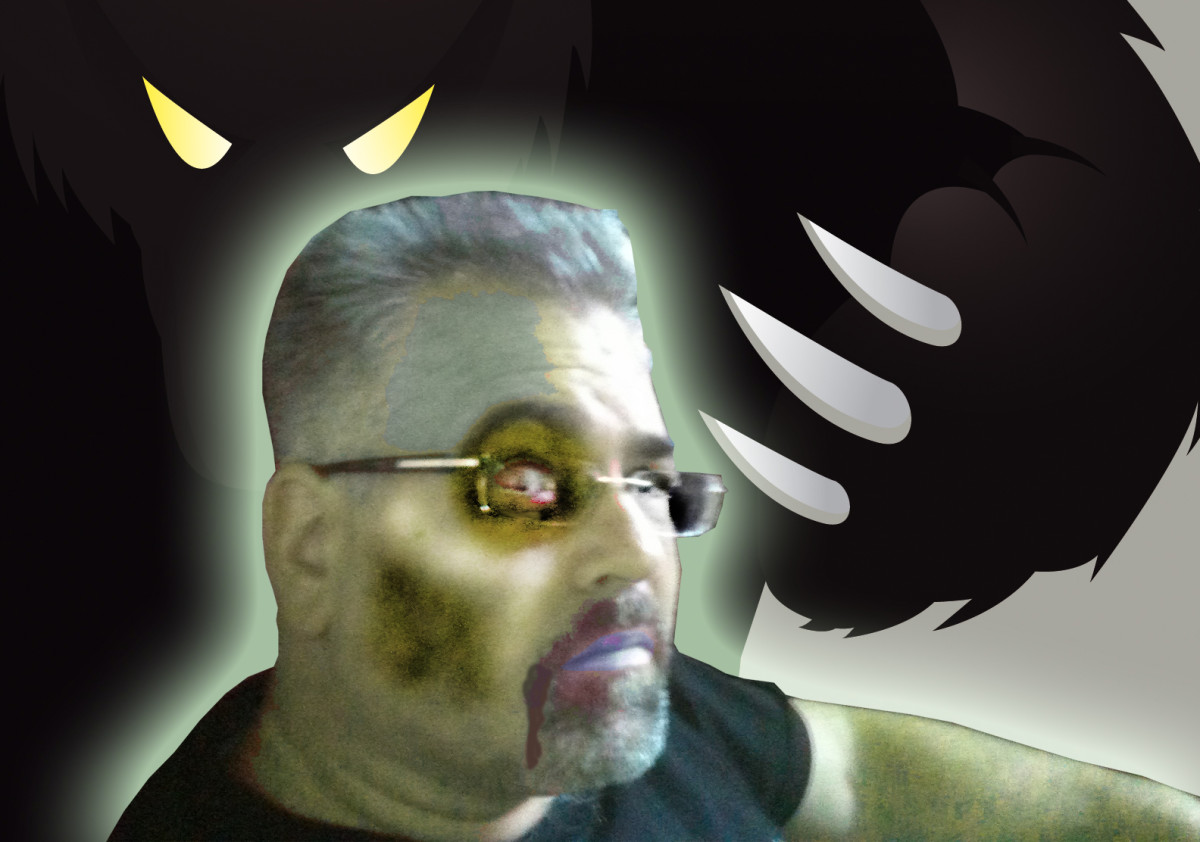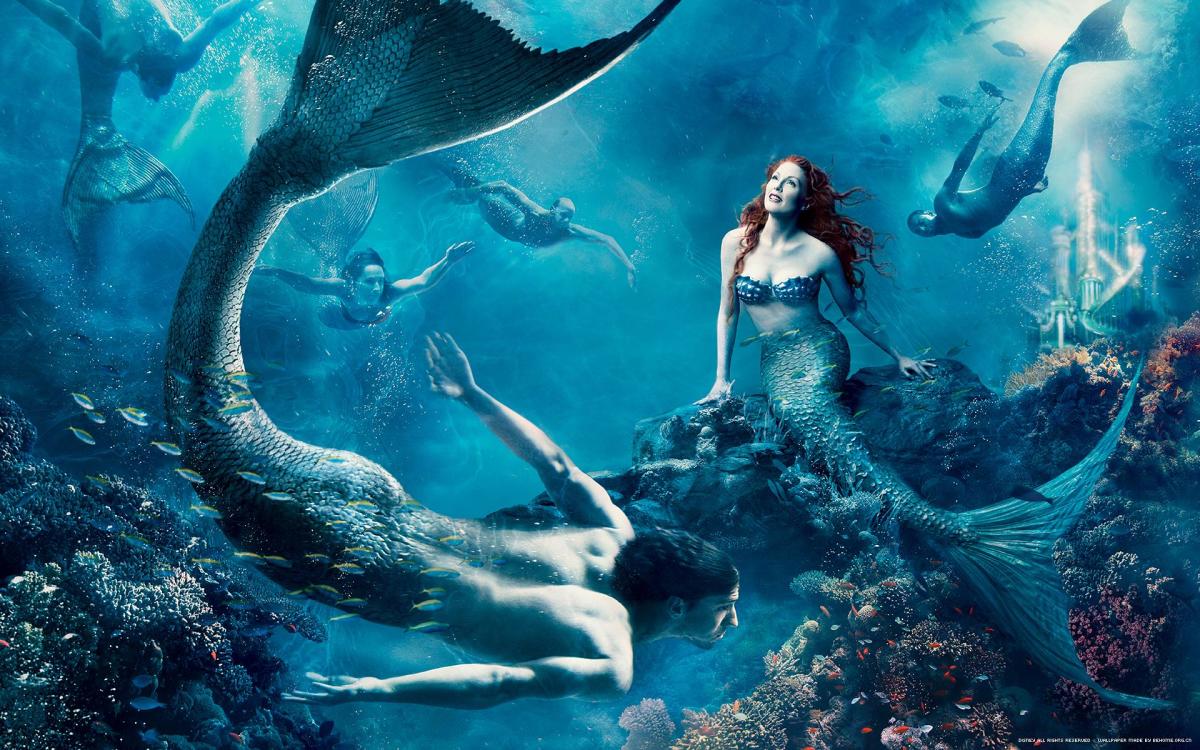The Evolution Of Zombies
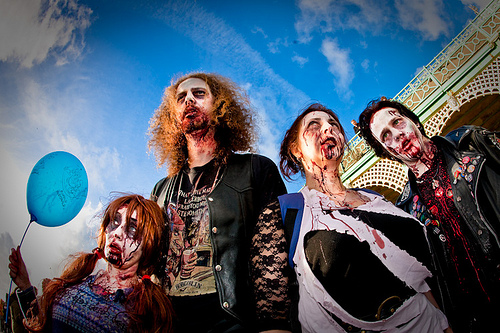
An overview of the historic movie monsters known as zombies, and the part they have played in books, movies and even history. Seeing as how this seems to be the popular monster choice of horror writer's over the last few years, it only seemed fitting.
Before the vampire, werewolf or Frankenstein monster were ever even conceived in novels, zombies were already terrorizing the hearts of people all over the world. They in fact may just be the oldest "pop" monster ever, not to bad for a rotting heap of flesh.
When zombies were first introduced to the world is unknown. What we do know is that they date back farther then the writing of Revelations, when it is said that the dead will once again walk the Earth. Regardless of religious belief, it can't be denied that this was written a very long time ago, and seemingly so to put fear into your heart.
Zombies have taken on a number of different characteristics, depending on what area of the world and what era they are derived from. They have been known to be anything from rotting corpses to the recently dead, and from brain eaters to flesh eaters and sometimes even eaters of the soul.
During the 18th century B.C. the walking dead were mentioned in an epic poem appropriately named, The Epic Of Giglamesh, forget Revelations this piece of writing takes their existence back to around 3800 years.
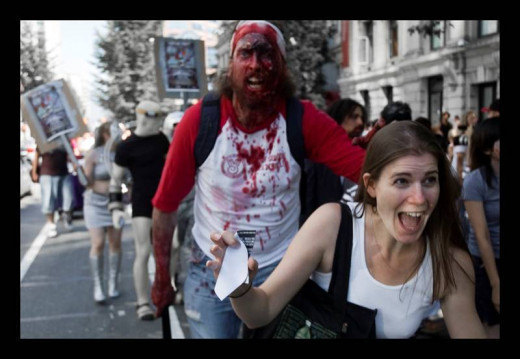
Origins and appearances of the zombie in history
NORSE MYTHOLOGY
In Norse mythology the undead appear by the name of draugr, a reanimated corpse roaming around to eat and infect the living with their plague. Does this sound familiar or what? When a human being is killed by a draugr they too become a draugr, which is spoken of in the Eyrbyggja saga an Icelander saga translating to The Saga of the People of Eyri. This particular version of the undead dates back to the 13th century or possibly even earlier.
AFRICA'S ZOMBIES
In Africa, a version of the zombie, or more frequently known there as zonbi or nzumben, is a reanimated corpse brought back to the living through mystical means such as witchcraft. When this form of the creature was first thought to exist is unknown, but we know them to date back to well before the 19th century. There are 3 separate forms of the African zombie, each deriving from their own area, West Africa, South Africa and Haiti.
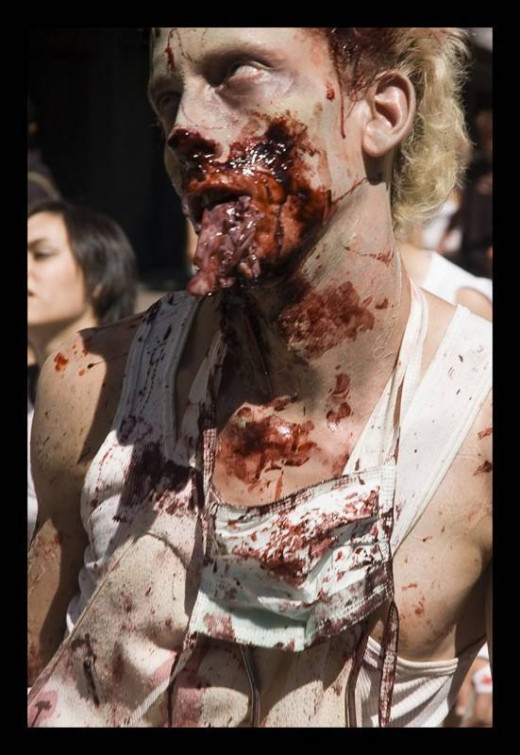
According to West Africa's belief, the dead can be brought back by a sorcerer, or bokor. The creature then remains under the control of the bokor with no free will of their own. A piece of the zombies human soul, also known by zombi astral, is captured by the bokor and used to enhance his power.
The astral is often kept in a bottle and sold to their clientele for luck, business success or healing purposes. Legend has it, that this particular form of zombie will return to the grave by merely feeding it salt.
The undead in some South African communities are believed to be reanimated by a young child, and the only way the spell can be broken is with a very strong sangoma , a spiritual and medicinal healer, also known as a shaman.
Witches are also thought to be the creators of zombies in this particular region. By killing and possessing the body, they are able to force it into slavery. Trains in this area were once rumored to be ran by these zombies and controlled by a witch, giving them the name witch trains.
In 1937, Zora Neale Hurston was researching folklore in Haiti and came across the case of a woman named Felicia Felix-Mentor. The family of this woman said she had been dead and buried since 1907 at 29 years old, and yet she was still often seen roaming the village. Rumors of the use of psychoactive drugs were said to be used but no evidence was ever found by Hurston, as she was unable to find anyone willing to speak on the subject.
Decades later findings by Wade Davis, an ethnobotanist and author of book The Serpent And The Rainbow, discovered the use of TTX, a powerful and often fatal neurotoxin, was the cause of these so called walking dead phenomenons. Unfortunately for Wade the scientific community dismisses TTX as being a cause for this condition.
Which type of zombie do you prefer to be eaten by?
MODERN DAY, AMERICAN AND EUROPEAN ZOMBIES
Through the 1900s Zombies experience several small changes, but for the most part would remain the slow moving undead monsters, craving the taste of either human flesh, brains or a combination of both.
After the new millennium began zombies received a face lift of sorts from the big screen. No longer would they be limited to being the slow moving, brainless creatures we had become bored with. Now they were known to run, jump and in some instances have actual thought. Combine these features with the modern day special effects and a new breed of monster is born.
In conclusion, I would just like to say that even though the undead may not be the scariest monster in our day and age, they are certainly the most persistent and susceptible to change. With at least close to 4,000 years of existence and modern upgrades backing them up, I don't think they will be going back to their graves any time soon.
DS Duby
